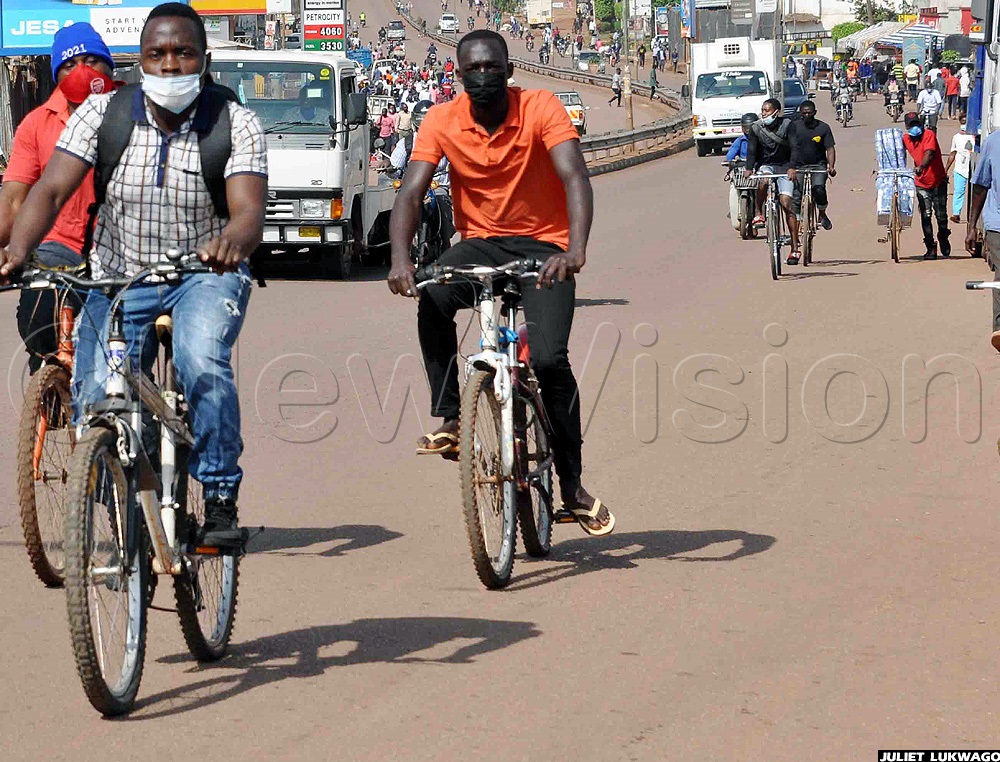PREMIUM
Special Reports
The research project hoping to solve Uganda’s boda boda puzzle
The estimated 120,000 boda bodas operating in Kampala city alone pose a safety risk to non-motorised transport users.
One critical question by researchers is that with boda boda free zones in place in the city, where will the burden pushed to?
By: NewVision Reporter, Journalists @NewVision
TRANSPORT
Uganda is one of four African nations involved in a two-year-long research project aimed at making transport safer, greener, more affordable, accessible and inclusive.

The